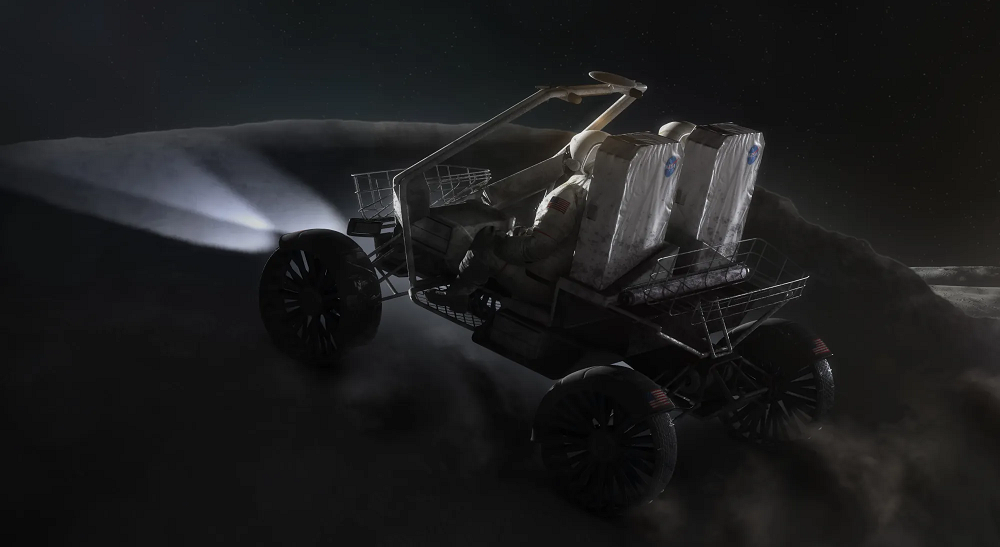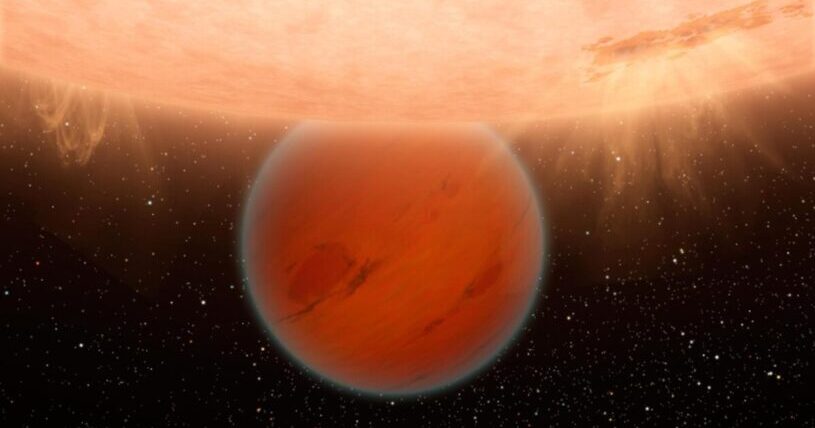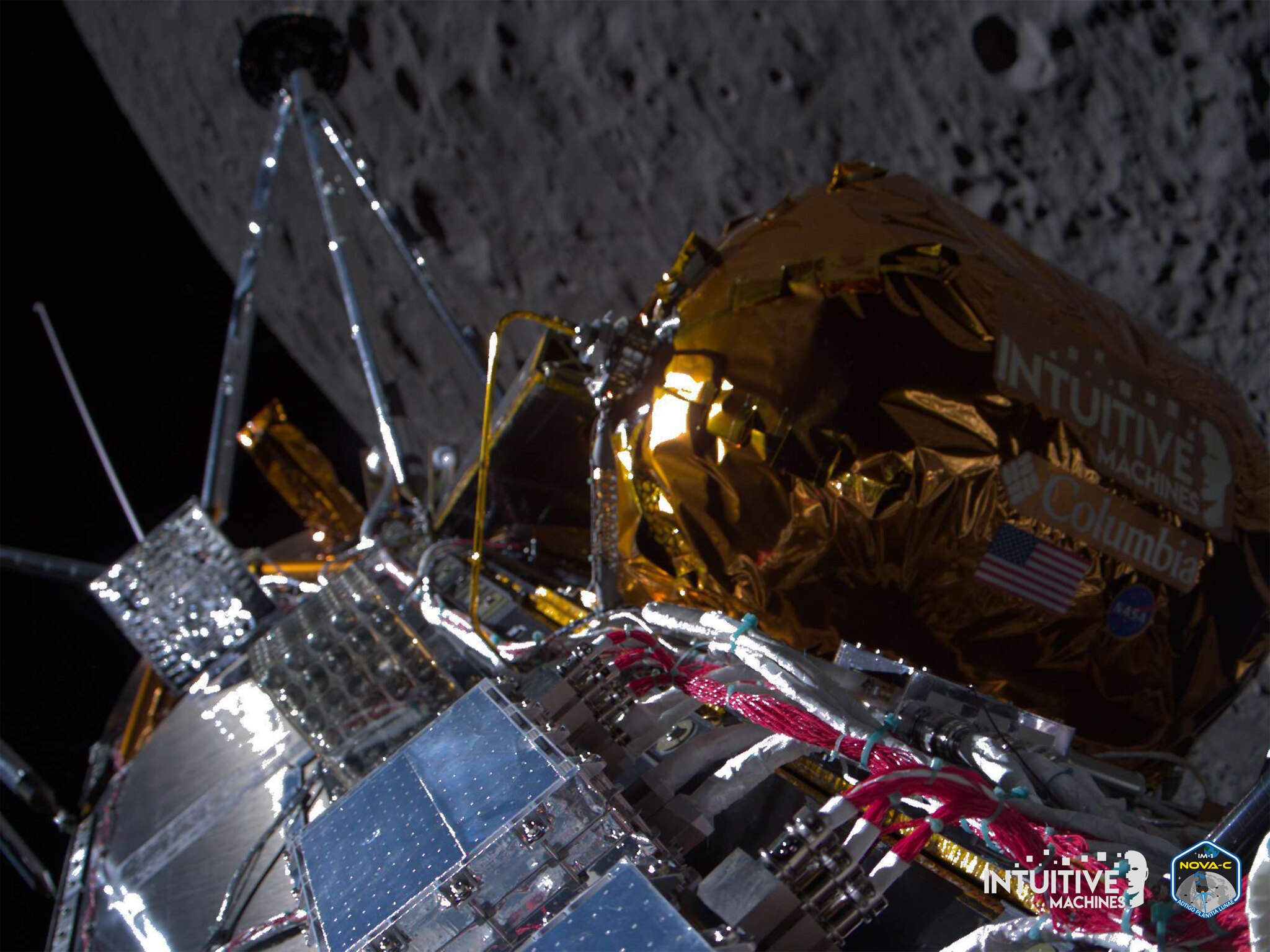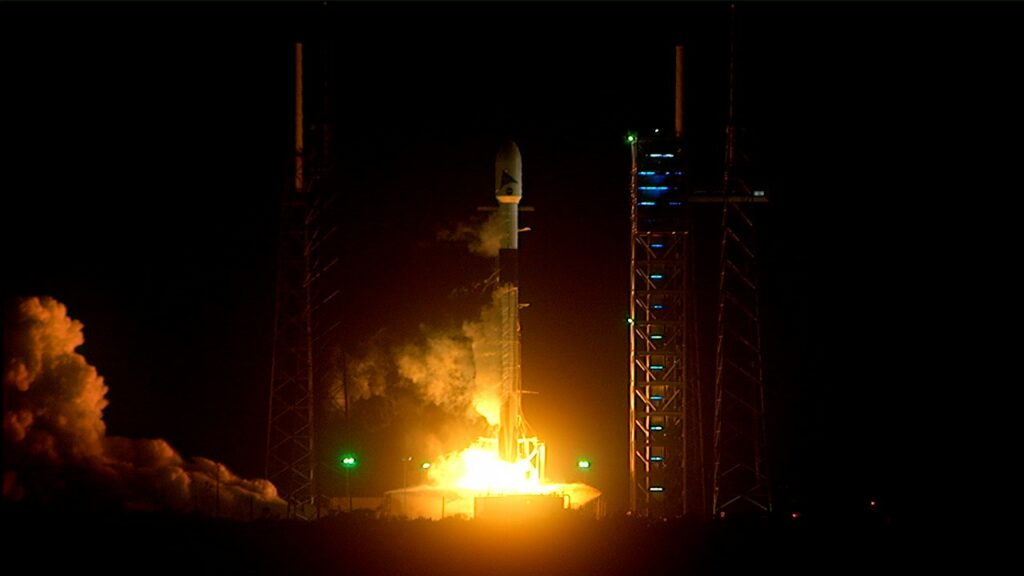U.S., Russia Discussing Repair Options for Space Station Following Discovery of Coolant Leak
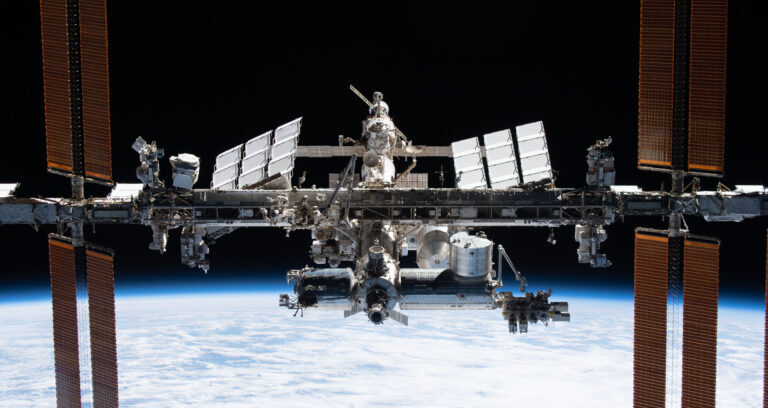 The International Space Station. Credit: NASA
The International Space Station. Credit: NASA  A micrometeorite the width of a pencil tip sliced through a Soyuz spacecraft docked at the International Space Station at nearly 16,000 mph, wrecking a radiator for the spacecraft’s computers and delaying the return of three astronauts in orbit by months, officials from NASA and Russian space agency Roscosmos said during a rare joint news conference Wednesday.
A micrometeorite the width of a pencil tip sliced through a Soyuz spacecraft docked at the International Space Station at nearly 16,000 mph, wrecking a radiator for the spacecraft’s computers and delaying the return of three astronauts in orbit by months, officials from NASA and Russian space agency Roscosmos said during a rare joint news conference Wednesday.
The damage to the Soyuz would leave the returning crew sweltering in temperatures above 100 degrees with high humidity on a return trip, which officials said could endanger astronauts during the six-hour voyage. The joint news conference on the damage and clear signals of a unified approach to the problem, though, could signal a significant thaw in relations between America and Russia, which have grown frigid during the 11-month war in Ukraine.
“NASA and Roscosmos have been working together throughout this process,” said Sergei Krikalev, who heads cosmonaut programs for the Russian agency.
Astronauts on the station noticed the coolant leak Dec. 14 and traced it to the Soyuz spacecraft docked there, awaiting the planned February return of three astronauts to Earth. A camera attached to Canada’s robotic arm outside the station tracked the leak to a hole in a radiator pipe. Analysis on Earth determined the pipe was wrecked by a 1 mm micrometeorite traveling at an estimated seven kilometers per second.
Other causes of the damage have been ruled out, said Joel Montalbano, who manages the space station program for NASA.
“Everything does point to a micrometeorite at this point,” he said.
The origin of the micrometeorite hasn’t been determined, officials said. It could be anything from a particle leftover from the formation of the solar system to a paint chip left flying in space by an earlier mission from Earth.
Montalbano and Krikalev spoke together on a teleconference from Moscow, where the agencies have met to resolve the issue and determine how to return the three astronauts. After determining the health of the astronauts wasn’t an immediate risk, Russia began work to launch another Soyuz capsule, which will be able to bring the crew back after a delay of two months or more on the station. The U.S. has worked with commercial crew transport firm SpaceX to prepare a Dragon capsule as a backup to the Russian plan.
The Moscow meetings took place against a backdrop of rising tensions between the White House and Kremlin, which began after Russia created a cloud of debris in low Earth orbit after a November 2020 test of a direct-ascent antisatellite weapon and spiked after Russia invaded Ukraine in February.
U.S. leaders issued stiff economic sanctions on Russia and have led an effort to deliver billions of dollars in high-tech weaponry to embattled Ukraine. Russia has ground on in its war effort, while Roscosmos officials have made repeated threats to back out of the International Space Station partnership.
Now deposed Roscosmos head Dmitry Rogozin in March warned that America would need to fly astronauts and supplies to the station with “broomsticks” after threatening to deny further Soyuz flights.
Exactly what the newfound spirit of cooperation means for the future of the station and relations between the two major powers wasn’t clear. But direct cooperation between the agencies does at least signal a temporary ceasefire when it comes to work aboard the space station, which was launched after the Cold War in a sign of new friendship between old rivals.
It could also mean longer life for the 24-year-old station, where leaders feared lack of replacements for Russian-built parts could force its early retirement. In 2021, the White House announced plans to keep the station in operation through 2030.
The damaged Soyuz craft could still prove useful, officials said. It can carry cargo from the station back to Earth, and could also be a leaky but useful lifeboat if other parts of the station suffer damage.
— The Space Report
